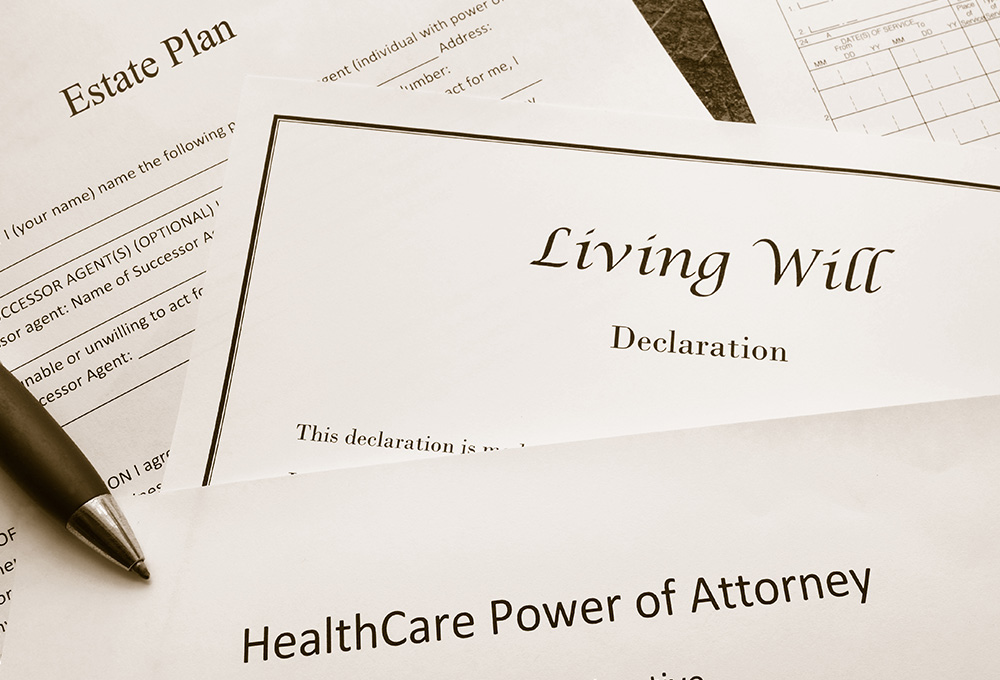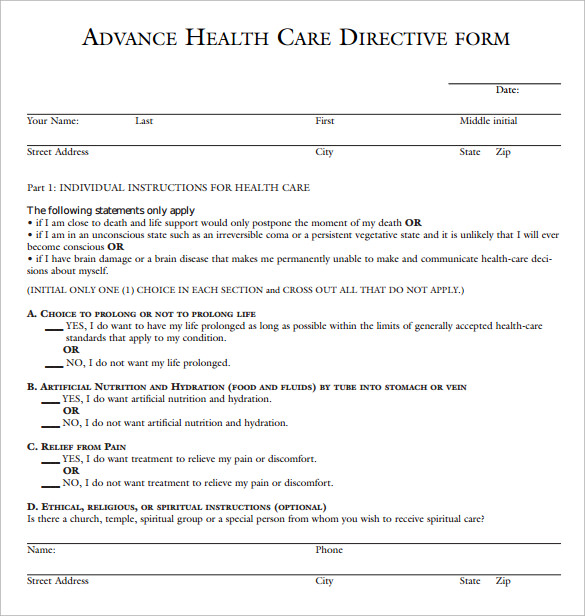
Assemble Your Healthcare Directive Documents: The Blueprint to Ensuring Your Wishes Are Honored
Imagine a day when you might not be able to speak for yourself due to illness or injury. Who will speak for you? What medical decisions would you want them to make? Assembly your healthcare directive documents isn’t just smart planning; it’s a compassionate roadmap for those you love, guiding them during difficult times. This is your voice in paperwork form—a way to declare your wishes for medical treatment and end-of-life care.
A healthcare directive, also known as an advance directive, includes documents like a living will and a durable power of attorney for healthcare. They are like a guidebook for your loved ones and healthcare providers. In this article, we’ll break down the essentials of crafting this critical set of documents, making the process accessible to everyone.
Start with the Basics: Understanding Healthcare Directives
Before diving into paperwork, understand what a healthcare directive entails. It’s a combination of two main components:
LIVING WILL: This document outlines your preferences about the kinds of medical treatment you want—or don’t want—should you become unable to communicate those wishes yourself.
DURABLE POWER OF ATTORNEY FOR HEALTHCARE: This document lets you name a “healthcare proxy,” someone you trust to make health decisions for you if you can’t do it yourself.
Together, these documents ensure that your healthcare preferences are understood and respected.
Step-by-Step Guide to Putting Together Your Healthcare Directive Documents
Step 1: Reflect on Your Values and Wishes
Think deeply about what matters most to you in life—and in facing the end of it. Do you value the quality of life over quantity? Would you want all possible measures taken to keep you alive, or are there certain interventions you would decline? Your cultural, religious, or personal beliefs may greatly influence these decisions.
Step 2: Research and Discuss
Learn about different medical procedures and life-support measures so you can make informed choices. Talk to your healthcare provider to understand the implications of your decisions. It’s also a good idea to discuss your thoughts with family members to prepare them and to avoid potential conflicts later.
Step 3: Choose Your Healthcare Proxy Wisely
Your healthcare proxy should be someone you trust implicitly to follow your wishes. This person needs to be comfortable with speaking on your behalf and making potentially tough decisions. Ensure they’re willing to take on this responsibility and discuss your wishes in detail with them.
Step 4: Fill Out the Forms
Every state has its own forms for healthcare directives, which can typically be found online or obtained from healthcare facilities. They are designed to be filled out without a lawyer. Make sure you complete all the sections and adhere to the specific rules of your state, such as having witnesses or a notary public.
Step 5: Make It Official and Accessible
Once filled out, sign your directives in line with your state’s requirements. Then, inform your primary care physician, your healthcare proxy, and close family members. Give copies to all involved parties and consider keeping a digital copy easily accessible, too.
Step 6: Revisit and Update as Needed
Your preferences may change as your life situation evolves. It’s wise to review and potentially update your healthcare directives regularly or after significant life events like marriage, the birth of a child, a diagnosis of a chronic disease, or the loss of a loved one.
Tips to Ensure Your Directive is Clear and Effective

Be Specific
Generic language can be open to interpretation. Use precise terms to articulate what you would want in various situations.
Communicate
Having these documents is vital, but it’s equally important to have conversations with your chosen proxy and family members. Everyone should understand your preferences and the reasoning behind them.
Consider Legal Guidance
If your situation is complex, consulting a lawyer who specializes in estate planning or elder law can be helpful. They can ensure that your directives are both legal and reflective of your wishes.
Keep it in Context
Remember that healthcare directives are not just about end-of-life decisions. They can also guide your care in temporary situations where you may be incapacitated, such as during recovery from surgery.
Putting together healthcare directive documents isn’t just a task for the elderly or those with chronic illnesses. Every adult should have a plan in place. It’s a way to maintain your autonomy and make life easier for your loved ones. By tackling this assignment proactively, you send a message of care and consideration to those who matter most.
After all, life is unpredictable, but how you prepare for its uncertainties is within your control. Take the time today to assemble your healthcare directive documents. It’s one of the most responsible and caring actions you can take, ensuring that your voice is heard, and your wishes are honored, no matter what the future holds.